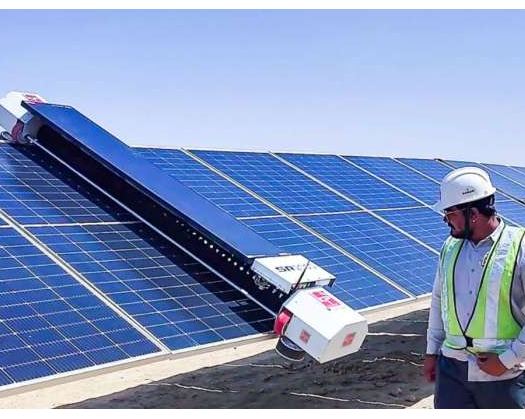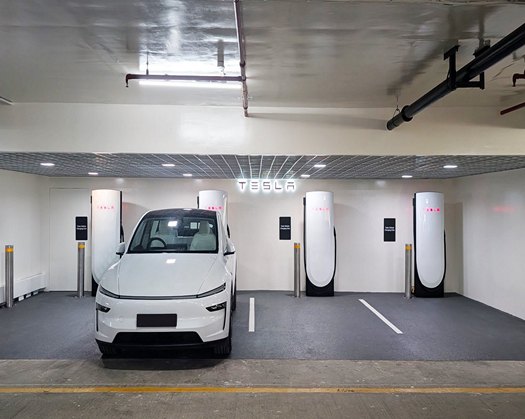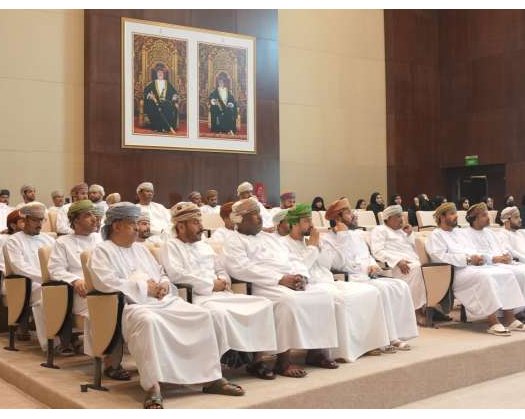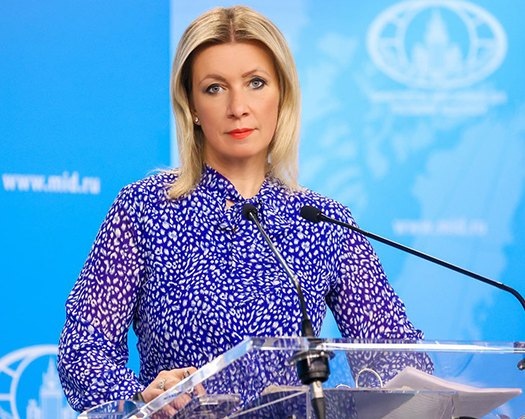India has become the world's third-largest producer of electricity from wind and solar sources, surpassing Germany and trailing only China and the United States.
According to the 2025 Global Electricity Review, India is rising and will play an important role in deciding the future of global energy and climate policy.
India's top position in the world clean energy hierarchy is more than a statistical achievement; it heralds the start of a new era in the country's energy development. With a developing population, rapid industrialization, and increasing power need, India's clean energy leadership demonstrates strategic vision, creativity, and consistent policy dedication.
Wind and solar provide 15% of the world's electricity.
According to Ember, wind and solar account for 15% of global electricity production, with India accounting for a substantial 10% – an exceptional achievement in light of the country's development and infrastructural difficulties.
Wind and solar account for 10% of India's electricity, with hydropower contributing an additional 8%. These clean technologies are changing India's energy mix, displacing hazardous fuels and improving national energy security.
The highlight figure for 2024 is that India added 24 gigawatts (GW) of new solar capacity, more than doubling its 2023 installations. This fast acceleration indicates rising investor trust, substantial policy incentives, and a developing renewable energy sector.
India's solar deployment is varied, inclusive, and fast increasing, ranging from big utilityscale solar parks in Rajasthan and Gujarat to urban rooftop systems and village-based solar projects.
India's well-established wind energy industry, centered in Tamil Nadu, Gujarat, Maharashtra, and Karnataka, continues to play an important stabilizing role. Hybrid solutions that integrate wind, solar, and battery storage are also emerging, helping to stabilize supply and guarantee round-the-clock green power.
Commitment to reaching 500 GW of nonfossil fuel capacity by 2030.
India's clean energy success is built on a combination of ambitious goals and practical implementation. The government's goal to reach 500 gigawatts of non-fossil fuel generation by 2030 has spurred long-term investment and technology transfer.
Supporting laws, such as competitive auctions, domestic production incentives under "Make in India," and regulatory certainty, have fostered a vibrant economy in which prices are falling, employment is growing, and creativity flourishes.
What sets India's clean energy story unique is its broad scope. India is demonstrating that renewable energy is more than simply climate change mitigation; it also improves livelihoods, fairness, and empowerment by supplying power to distant villages and agricultural pumps, as well as facilitating microbusinesses and reducing energy poverty.
Solar-powered cold storage, water pumps, emobility, and rural electrification programs are delivering the benefits of clean energy far into the grassroots. Transitioning to clean energy is no longer limited to rich countries.
India's green rise is not the end of the road; it is the start of a movement.
India's ascension has global implications. As one of the world's fastest-growing big economies, India's decisions influence global energy flows and carbon trends. Its success sends a strong message: the shift to clean energy is no longer limited to developed countries. It is a joint responsibility, with leadership originating from anywhere.
India's clean energy journey is also gaining substantial international investment and confidence. With political stability and demand confidence, the country is establishing itself as a top location for clean energy financing and technological collaborations.
India's clean energy boom is more than just a fad; it is a long-term transition based on years of preparation. It demonstrates how democratic governance, environmental stewardship, and economic progress may be integrated.
India is not just growing capacity, but also exporting vision and ideals via active leadership in international collaborations such as the International Solar Alliance (ISA).
As India joins the world's clean energy leaders, its contribution extends beyond gigawatts. It adds credibility, creativity, and moral leadership to the global energy shift. Once seen as a climate obstacle, India is now an important component of the climate solution.
This is more than just an energy tale; it is one of national determination, shared wealth, and creative leadership. It's about demonstrating to the world that clean energy can fuel not only economies, but also dignity, equality, and optimism.











